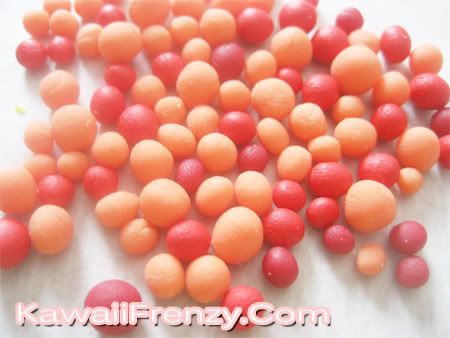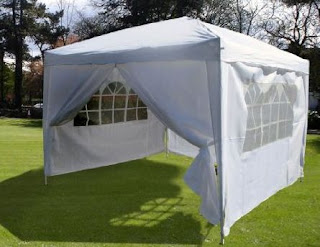Learning how to use a color wheel is one of the basic tools for knowing how to mix your colors and how to get the same color repeatedly. The color wheel shown above is from Maureen Carlson's book "Imagine Your World in Clay" Although Maureen Carlson primarily works with polymer clay, mixing colors is essentially the same with air-dry clay and all other clays.
Let's start with Maureen's introduction to the color wheel. In her book she says:
"In this color chart, the dragonflies in the middle represent the primary colors, which are red, yellow and blue. This chart shows how all other colors are made by mixing different amounts of these 3 colors. Flying out between the red and yellow dragonfly is one with an orange body. Orange is made by mixing together red and yellow. Look at the other 2 dragonflies. Mixing yellow and blue makes the dragonfly with the green body. Mixing red and blue makes the purple dragonfly. The circles on the outside show what happens when you mix different amounts of the 3 primary colors. You get different shades of red, orange, yellow, green, blue and purple."
Are you ready for some more in-depth lessons on using the color wheel? Empty Easel has a more detailed explanation for Artists and Painters.
Using the Color Wheel
Learn the color wheel and you'll be able to mix whatever color you want with the pre-colored air-dry clays or know exactly how to tint your non-colored clays and cold porcelain. You'll also know which colors will best compliment the colors you're using and how to soften a color without ending up with a muddy drab color. Within the next day or two, we'll post some color mixing exercises for clay artists.






















